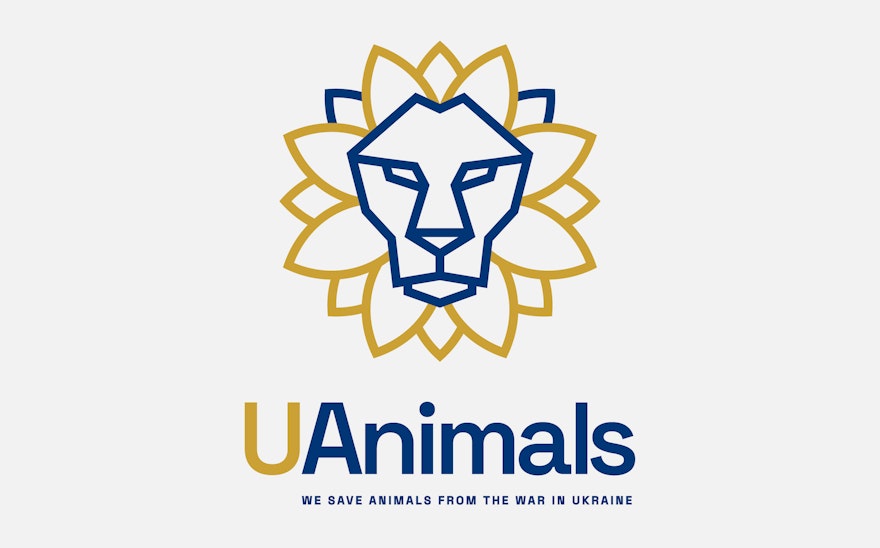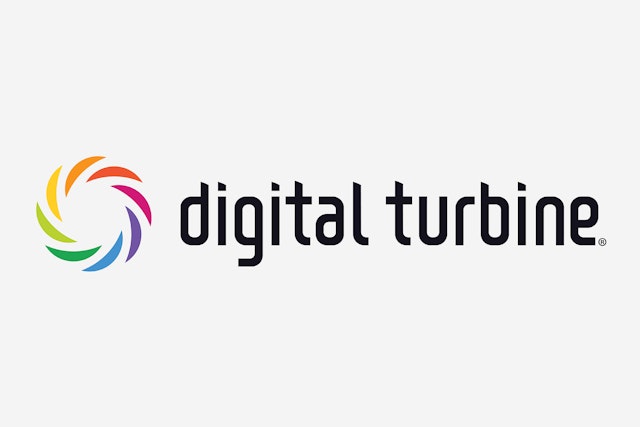

As the largest independent mobile-growth and monetization platform, Digital Turbine helps telcos, advertisers and publishers around the world connect with more consumers in more ways across more devices.

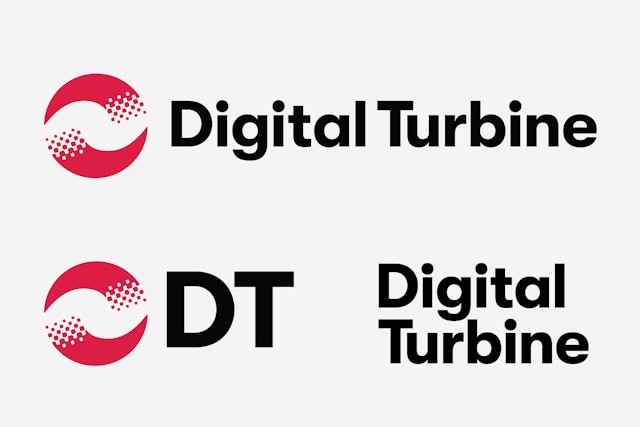
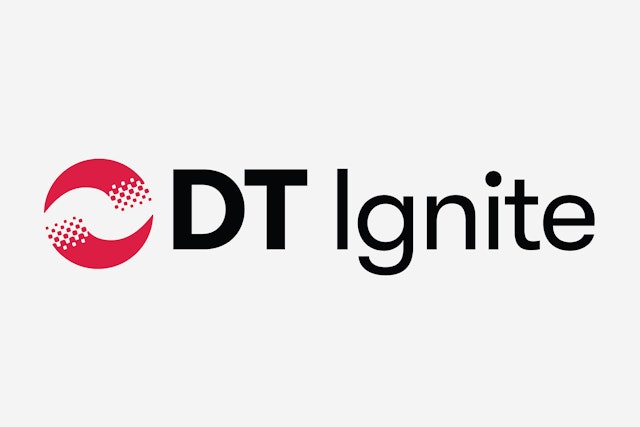
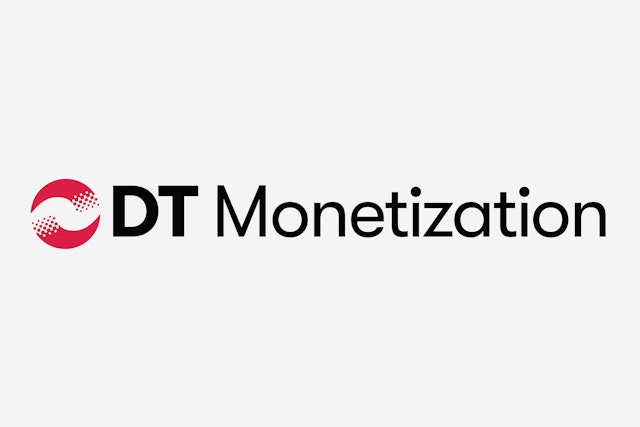
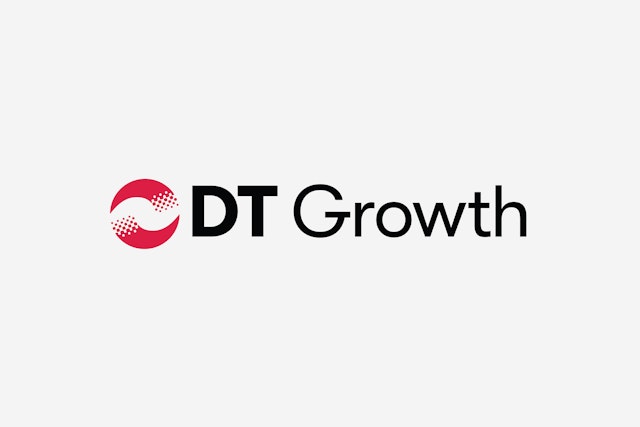
The team eventually landed on a two-blade solution that was visually pleasing and maintained the essence of a turbine.
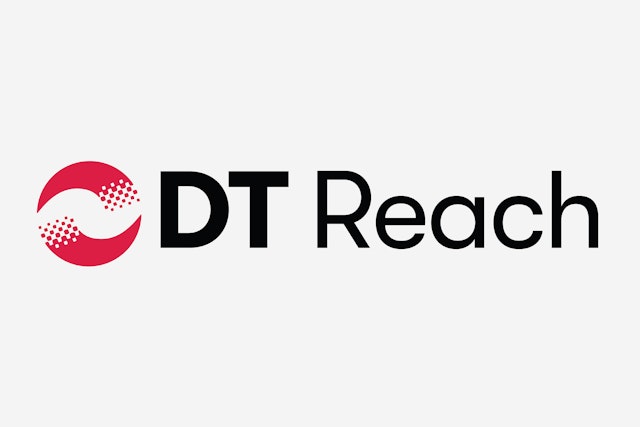



An exaggerated pixel pattern was added to the blunt ends of the two blades to give them a blurred appearance, as if the blades of the turbine are moving rapidly.



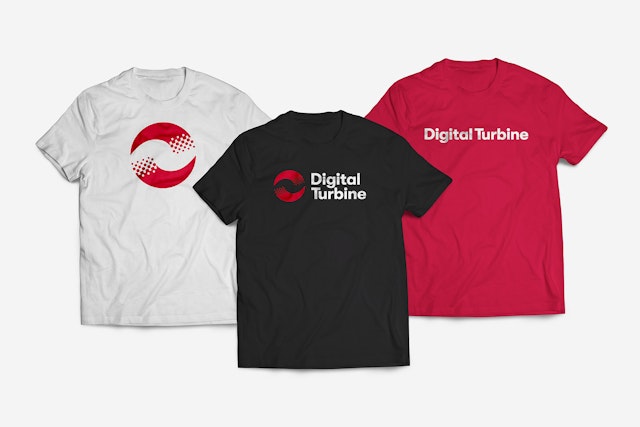
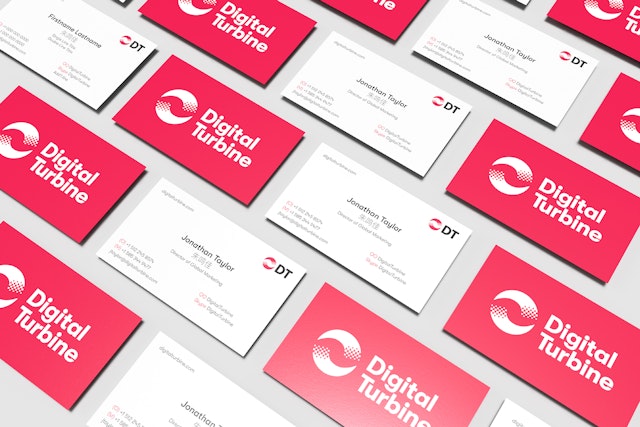


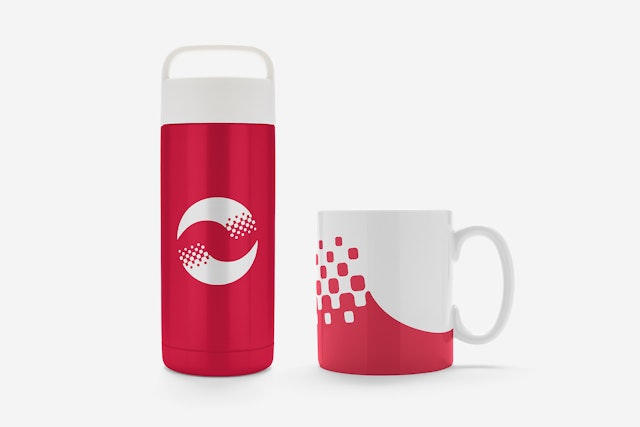



Pentagram Austin has completed a new, unified brand identity for Digital Turbine, an international advertising technology (AdTech) company headquartered in Austin, Texas. As the largest independent mobile-growth and monetization platform, Digital Turbine helps telcos, advertisers and publishers around the world connect with more consumers in more ways across more devices. As covered by Ad Age, Digital Turbine’s new identity and website were unveiled this past July. PurposeWorldwide, a global communications firm, led the messaging and communications for the initiative.
Digital Turbine’s new identity reflects the company’s powerful end-to-end platform which supercharges awareness, acquisition and monetization for the company’s partners. It also brings together a slate of acquisitions under one brand, shifting Digital Turbine from a house of brands to a branded house. One of the main objectives of the rebrand was to make it easier for Digital Turbine’s partners to understand the value the company delivers across their needs.
In the first phase of work, Purpose conducted key stakeholder interviews to discover more about what the Digital Turbine brand means to those it serves.Based on those findings, a new organizational family tree, brand architecture and naming scheme using the acronym “DT” was created. The naming convention connects all Digital Turbine solutions to the Digital Turbine master-brand, reflecting how everything the company delivers helps “power the mobile economy” for its partners.
During phase two, Pentagram began developing the new visual identity. The previous Digital Turbine logo, adopted in 1998 when the company was founded, consisted of a multi-blade, rainbow colored pinwheel. The circular mark, made up of eight blades in eight different primary colors, was intended to resemble a spinning turbine. The individual blades are arranged like the petals of a sunflower and appear oddly static instead of conveying the intended sense of movement and energy.
To start off, the Pentagram designers showed the Digital Turbine team examples of technology companies that evolved their identities from similarly busy, multi-colored logos to simpler, monochrome solutions. Examples included logos from Apple and Microsoft Windows (also a Pentagram project). Both case-studies illustrated the confidence and utility gained by streamlining and stripping an identity down to its essence.
With those lessons in mind, the Pentagram team began exploring pared-down renditions of Digital Turbine’s original logo, subtracting and refining the multi-blade icon but also infusing the mark with a sense of energy and acceleration. The team eventually landed on a two-blade solution that was visually pleasing and maintained the essence of a turbine – but it lacked the impression of movement that was a vital part of the equation.
There had been some short-lived discussions at the start of the rebrand initiative about the possibility of evolving Digital Turbine’s name. To some, the inclusion of the word “digital” in the name seemed superfluous and unnecessary. However, the decision was made to keep the name, and this gave the Pentagram team an idea.
Since the name was staying, the design team opted to embrace the moniker and began exploring ways to infuse the new mark with the word “digital.” In the end, an exaggerated pixel pattern was added to the blunt ends of the two blades to give them a blurred appearance, as if the blades of the turbine are moving rapidly. The individual pixels were made in the shape of rounded squares – called “squircles” – a shape utilized frequently for App icons, which makes the inclusion of the pixels in the new logo even more appropriate and meaningful to the company. This addition of the “digital” element is exactly what the two-blade turbine needed to make it a unique and ownable symbol for Digital Turbine.
With the new mark squared (or squircled) away, the Pentagram team turned its attention to updating the wordmark. The previous all-lowercase logotype spelled out the company name in an art deco-inspired font consisting of angular letterforms. The designers considered a range of contemporary sans-serif typefaces and landed on GT Walsheim by Grilli Type. The typeface, with its finely tuned letterforms inspired by the legendary Swiss poster designer Otto Baumberger, gives the new identity a sense of authority and confidence but has enough personality to be recognizable on its own. Additionally, the team liked the circular negative-space found in the letterforms and how they echo the shape of the final turbine icon.
The new primary wordmark, set in upper and lowercase, stacks the words Digital and Turbine in a compact, interlocking configuration, making it easier to apply the new identity, specifically in digital applications. The capital letters “D” and “T” more readily correspond to Digital Turbine’s new “DT” acronym, an important aspect of the company’s reworked organizational hierarchy and sub-brand naming.
To determine what color to build the new Digital Turbine branding around, the Pentagram team took a section of warmer colors from the previous logo and created a color spectrum. In the middle of that spectrum, the designers identified a distinctive red tone and suggested making it the main color of the brand. The new color, “Digital Turbine Red,” literally evolved from the original mark and stands out amongst Digital Turbine’s peers and competitors of AdTech and telco companies which tend towards blues and greens with their branding.
Once the new identity system was complete, the design team created a set of brand guidelines to be used as a reference by the numerous, in-house marketing professionals and designers working at Digital Turbine’s multiple locations. These guidelines provided additional identity tools including alternative logo lockups, patterns, custom icons, illustration styles, secondary and tertiary colors and animations.
Finally, Pentagram Austin, working with Richmond, Virginia based content strategist Storyware and Sibiu, Romania based developer Scriptics, created a completely revamped interim website that introduces the company’s fresh, distinctive branding. The website and the comprehensive identity system, both originally set on an ambitious timeline, were launched on time and were welcomed with great enthusiasm by Digital Turbine’s management and employees all over the world.
